Do you have a question about the Acer Predator Helios 500 and is the answer not in the manual?
Introduces setup and user manuals for computer features and functions.
Provides advice on turning off, caring for, cleaning, and servicing the computer.
Identifies and describes the screen components of the Predator notebook.
Details the layout and function of the laptop keyboard and its keys.
Describes the ports and features located on the left side of the notebook.
Details the ports and features located on the right side of the notebook.
Provides technical details about the USB Type-C port specifications.
Explains the specifications and compatibility of USB 3.2 Gen 2 ports.
Identifies and describes the ports and features on the rear of the notebook.
Details the ports and features located on the bottom of the notebook.
Explains the function of Caps Lock, Num Lock, and Scroll Lock keys.
Lists function key combinations for various system controls and features.
Describes the function of the Windows key and Application key.
Illustrates and explains various single, double, and multi-finger touchpad gestures.
Step-by-step guide to adjust touchpad sensitivity and preferences.
Instructions for backing up personal files using File History.
Guide to creating a system recovery drive for factory default backup.
How to back up network drivers for future OS installations.
Options for restoring the computer to its default status.
Procedure to reset the PC while preserving personal files.
Steps to perform a full system reset, removing all personal data.
How to turn the computer's Bluetooth adapter on or off.
Steps to pair a new Bluetooth device with the computer.
Instructions for connecting the computer to a Wi-Fi network.
How to establish an internet connection using an Ethernet cable.
Steps to connect to the internet using a cellular phone network.
Overview of the PredatorSense interface for system control.
Configuration options for PredatorSense and audio settings.
Customization options for WASD keys, including MagForce/Racing modes.
How to customize keyboard and chassis lighting effects.
Explains different performance modes like Quiet, Default, Extreme, and Turbo.
Adjusting fan speeds for CPU and GPU cooling.
How to monitor CPU, GPU, and system temperatures and loading.
Automatically apply settings for specific games.
Launching installed applications and managing them.
How to use a physical security lock with the computer.
Explains different password types for system security.
Process and rules for entering BIOS and user passwords.
How to configure the system's boot order in the BIOS.
Procedure for setting Supervisor and Boot passwords in BIOS.
Tips and steps to conserve power, including disabling fast startup.
Information on the embedded Lithium battery and its behavior.
Instructions for plugging in and charging the laptop battery.
Recommended process for the first use of a new battery.
Advice on extending battery operational time.
How to view the current battery charge level.
Actions to take when the battery is running low.
Steps to safely disconnect the computer from peripherals.
Tips for safely moving the computer over short distances.
How to prepare the laptop for transport or relocation.
Essential items to pack when traveling with the computer.
Important precautions for protecting the computer during travel.
Guidelines for preparing and traveling with the computer abroad.
Information on the USB Type-C port, its features and compatibility.
Steps to connect an external display to the computer.
How to connect audio devices via 3.5mm jacks.
Troubleshooting steps for a computer that won't power on.
Solutions for a blank or black display screen.
Troubleshooting steps for audio issues, including muted volume.
Steps to diagnose and fix a non-responsive keyboard.
Basic troubleshooting for printer connection and power issues.
Information on restoring the system to its factory state.
General advice for diagnosing and resolving system problems.
List of common error messages and their corrective actions.
Importance of internet security and activating protection.
Guidance on selecting and connecting with an ISP.
Explanation of LAN, wired, and wireless network setups.
Steps for setting up and using wireless local area networks.
Advantages of wireless networking like mobility and ease of installation.
How to use a web browser like Microsoft Edge to access the internet.
Information on pre-installed security software like Norton Security.
Tactics used by cybercriminals and how to stay safe.
Understanding viruses, malware, and protection measures.
Security risks and advice for using public Wi-Fi networks.
| Operating System | Windows 10 Home |
|---|---|
| Processor | Intel Core i9-8950HK or AMD Ryzen 7 2700 |
| Graphics | NVIDIA GeForce GTX 1070 or AMD Radeon RX Vega 56 |
| Display | 17.3" FHD (1920x1080) 144Hz / 17.3" UHD (3840x2160) 60Hz |
| RAM | 64GB DDR4 |
| Battery | 74 Wh |
| Ports | HDMI, Mini DisplayPort, Ethernet |
| Wireless | Bluetooth 5.0 |
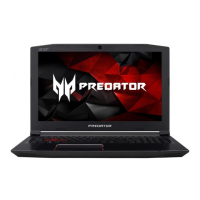
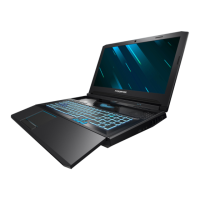

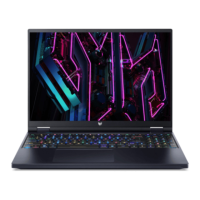
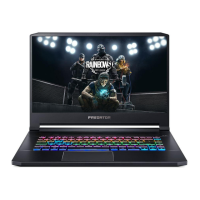
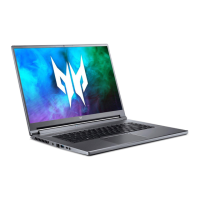
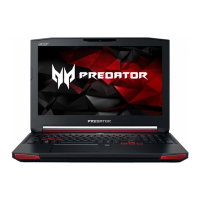

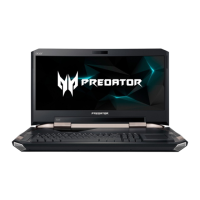
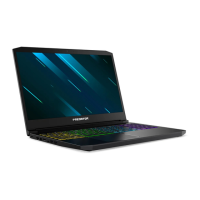

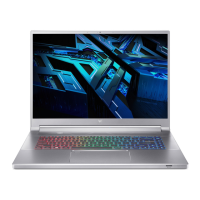
